A five-bedroom home on Dartmoor where brown trout flourish, swallows glide and song thrushes lead the dawn chorus
At Bagpark near Widecombe-in-the-moor, the current owners have taken a delightful manor house and turned it into a home for nature.
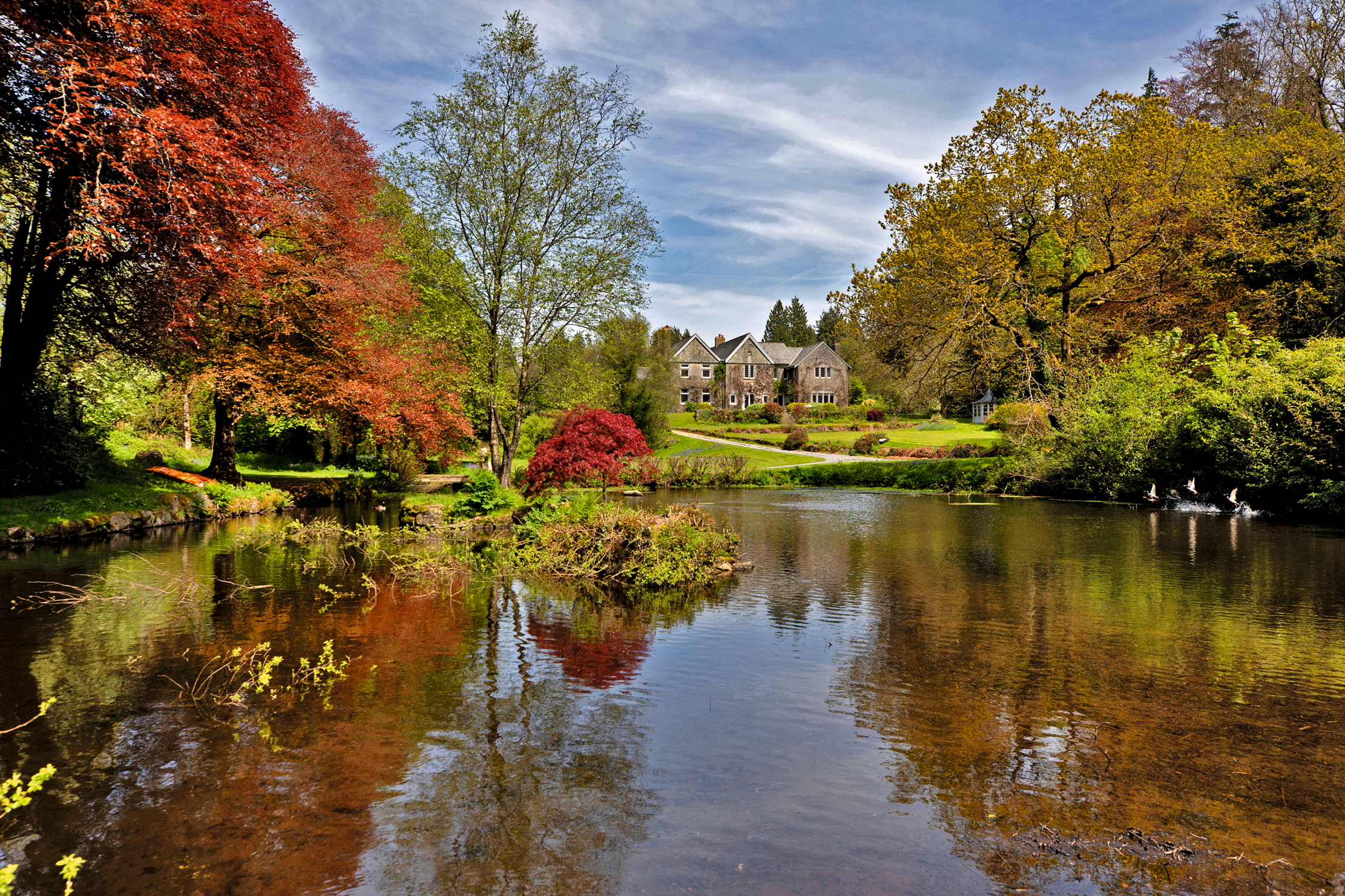

Down in south Devon, the Dartmoor National Park, which covers some 368 square miles of rugged moorland, includes the largest area of granite in Britain and also forms the catchment area for many of Devon’s rivers, including the Dart, Teign, Taw, Tavy, Avon and Lyd.

James Toogood of Savills is overseeing the sale at a guide price of £6.25m of enchanting Bagpark near Widecombe-in-the-Moor on Dartmoor’s eastern flank, seven miles from Ashburton, 12 miles from Newton Abbot and 25 miles from the cathedral city of Exeter. The idyllic, 63-acre estate, which nestles in a hidden valley of the East Webburn River, offers direct access to a vast expanse of open moorland within sight of several of Dartmoor’s famous granite tors, among them Chinkwell, Honeybag and Hameldown.
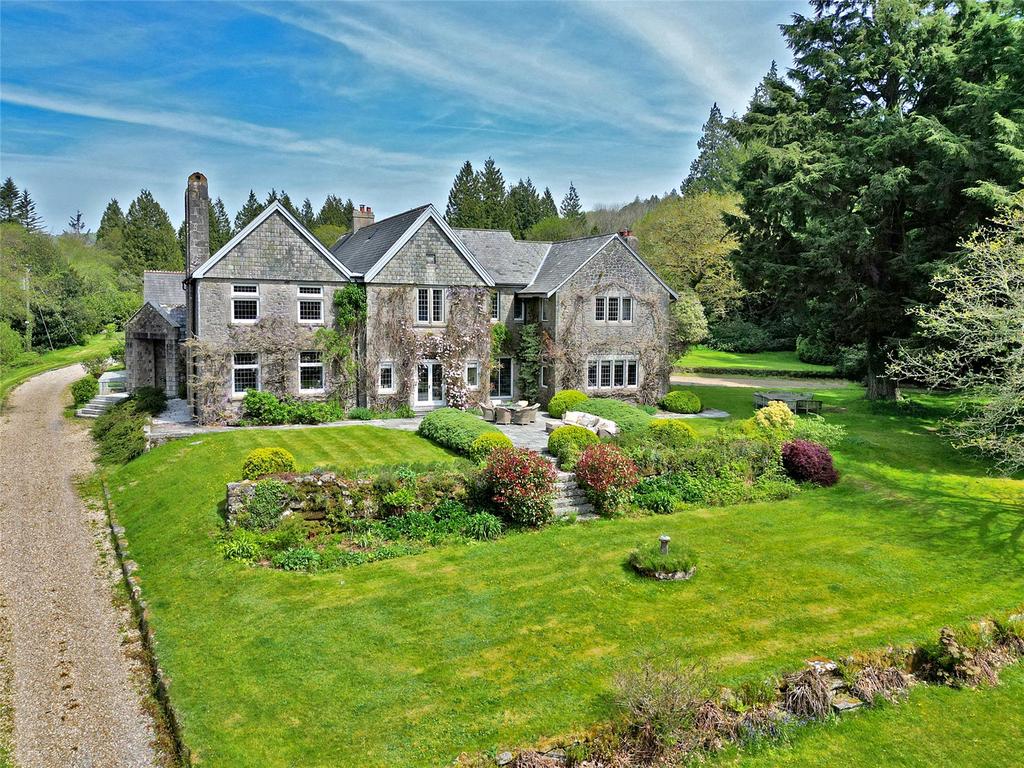
Originally part of a much larger estate that was split up in the 1970s, the manor house was known as Widecombe Manor from then on, until the present owners, who bought the estate 17 years ago, changed its name back to the original Bagpark in the interests of historical accuracy. Built from locally sourced granite and partially decorated with slate, the charming, south-facing, 19th-century manor house sits in a wonderfully picturesque setting overlooking two delightful ponds, with the river meandering through the valley below.

The interior of the house, which has been meticulously renovated by the present owners, is a pleasing blend of traditional stone and woodwork with clever use of contrasting heritage colours. The central reception hall, which leads to a comfortable television/cinema room with a raised wood-burner, serves as a welcoming focal point. Large drawing and dining rooms face southwards, overlooking the gardens and the ponds below. A separate study is a quiet place in which to work and the vast, well-fitted kitchen is clearly the heart of the house.

The impressive main staircase leads to the principal bedroom suite, four further double bedrooms, two further bathrooms and a smaller single bedroom. Additional accommodation is provided in two well-designed and equipped estate cottages. Out-buildings include an oak-frame gymnasium and double garage and an agricultural barn incorporating a machinery/feed store, garaging, workshops and a cold store.
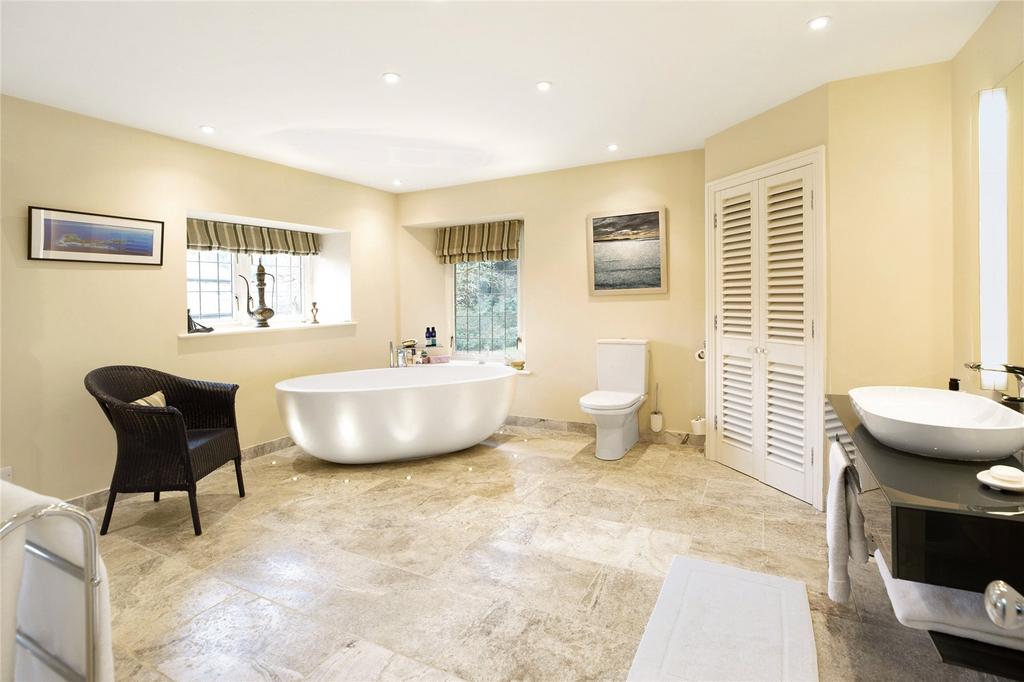
Six acres of beautiful and diverse woodland to the south and east of the manor house date from the 1870s or 1980s, soon after the house was built. The woods include about 50 western red cedars — some more than 50ft tall — and some exceptionally fine specimens of copper beech, oak, Scots pine and Douglas fir.

A carpet of bluebells runs through the woods and creates a sea of blue in springtime, alongside the wildflowers, foxgloves and orchids that also thrive, thanks to the absence of fertiliser in the paddocks and parkland. A securely fenced deer park of about 30 acres, made up of grassland, woodland and a large area of rhododendrons, was created by the previous owner in about 1995 and today is home to 46 fallow and 24 red deer, which are clearly visible from the house.
Exquisite houses, the beauty of Nature, and how to get the most from your life, straight to your inbox.
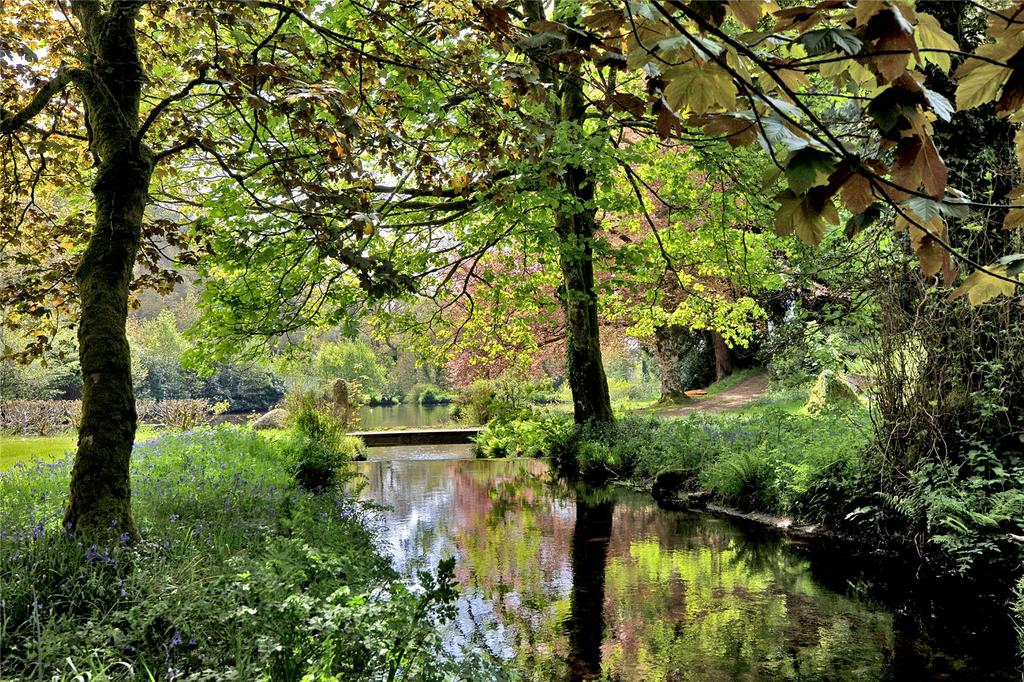
During their tenure, the present owners have dedicated considerable effort towards transforming Bagpark into a thriving sanctuary for flora and fauna and the estate now hosts a vast array of birds — both resident and migratory. Buzzards, goshawks, sparrowhawks and occasional peregrines patrol the skies, as goosanders, dippers and kingfishers frequent the river. Tawny owls can be heard at night and song thrushes and blackbirds lead the dawn chorus. Swallows glide over the lake in summer and winter sees the arrival of siskins and redwings, with ravens a constant presence. Brown trout flourish in the stream and make their way into the ponds in summer, where silent herons and cormorants patiently wait.
Bagpark is for sale with Savills for £6.25 million. For more information and pictures, click here
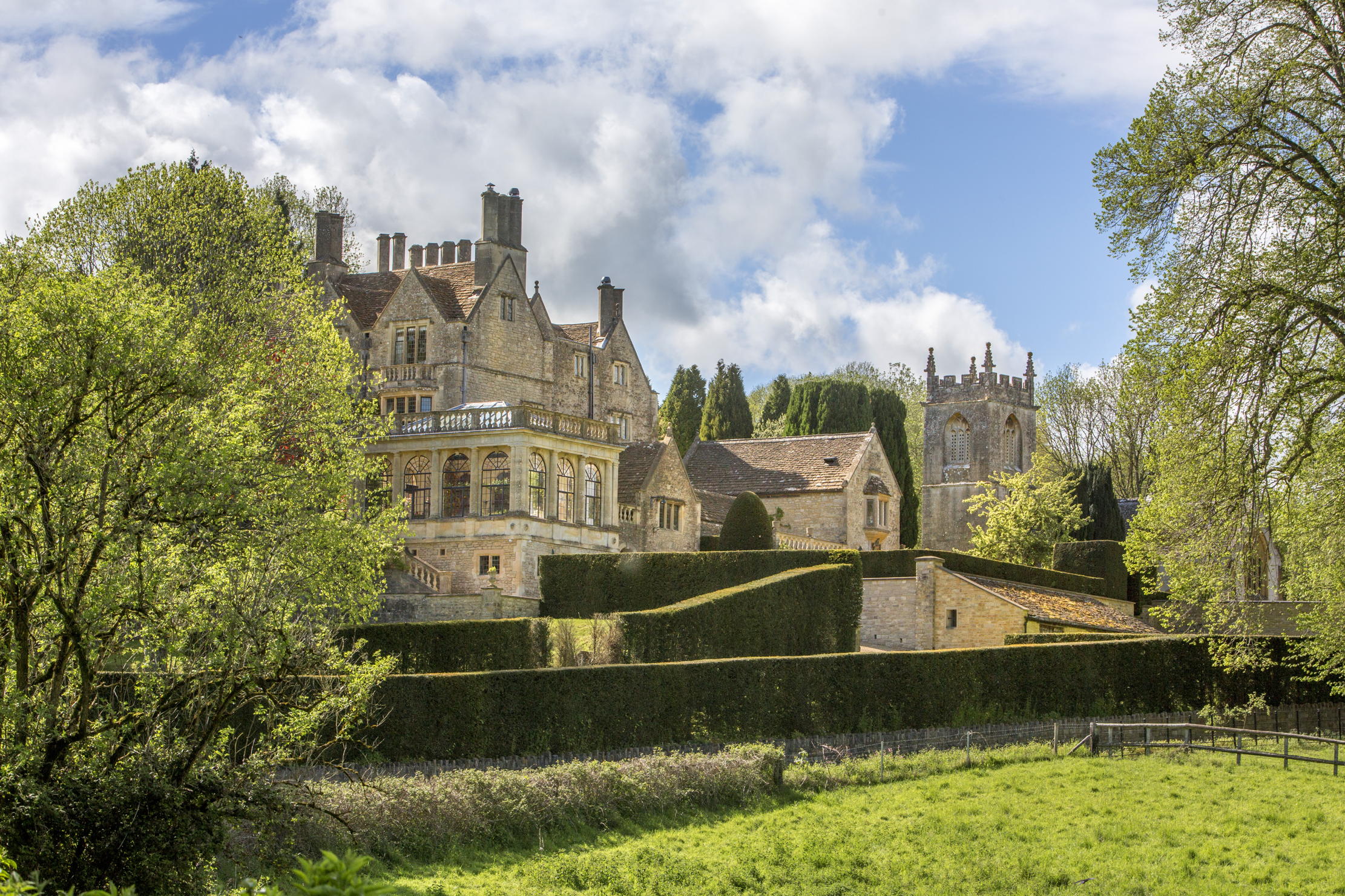
Credit: Savills
Live and let live in the gorgeous former monastery that's been home to everyone from iconic Bond girls to legends of music
Jane Seymour bought this stunning house a few years after becoming one of the most celebrated Bond girls in the
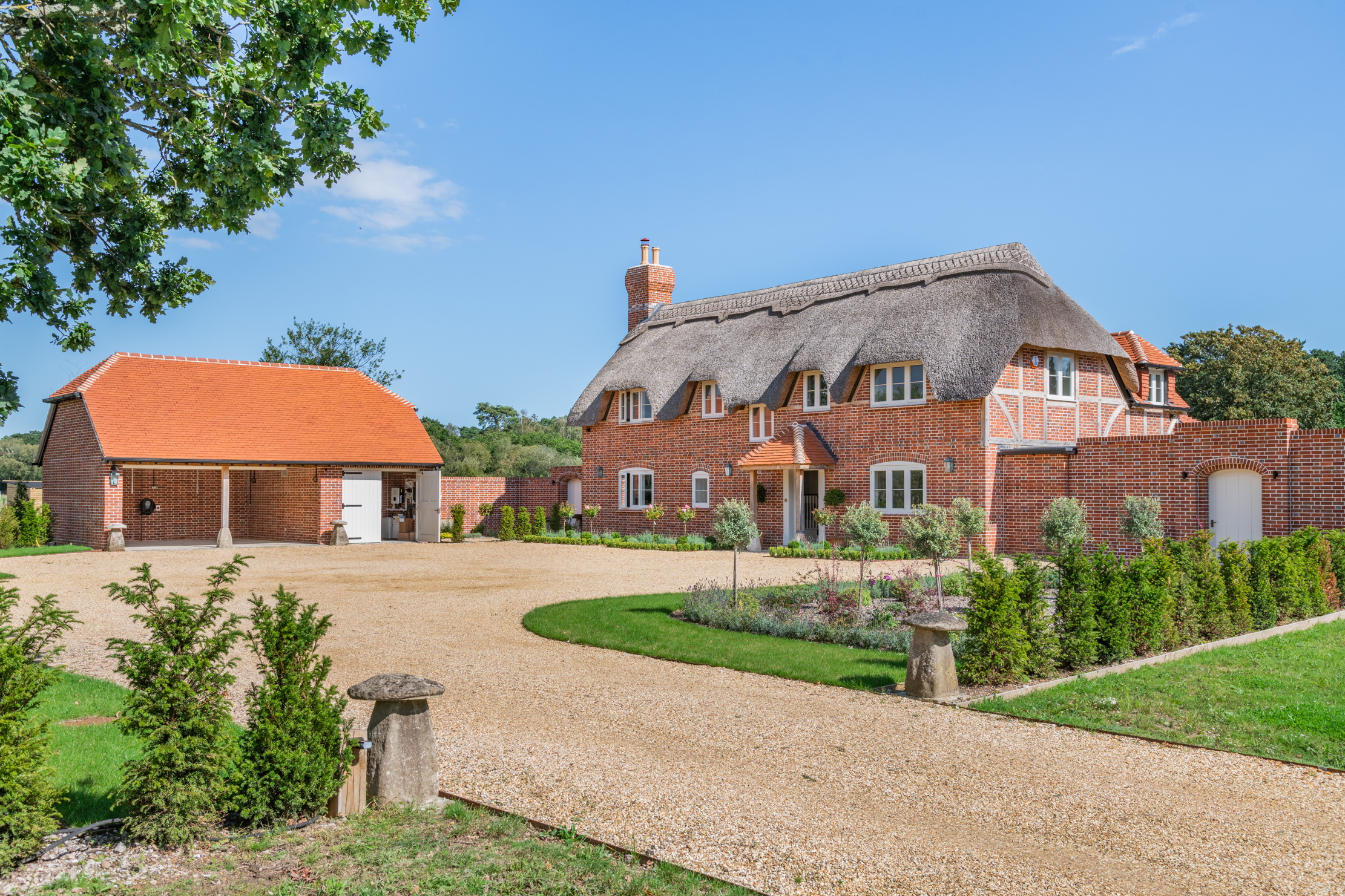
Credit: Fine and Country
Red-brick walls, a thatched roof, a barn and an EPC rating of A. This home of the future in Dorset looks suspiciously like the past
At Godwins House near Christchurch, tradition and modernity embrace to create exquisite results.

Credit: Knight Frank
For sale for the first time in 50 years, an unlisted Sussex farmhouse surrounded by a 'thriving 117-acre nature reserve'
https://www.knightfrank.com/properties/residential/for-sale/wards-lane-wadhurst-east-sussex-tn5/CHO180010
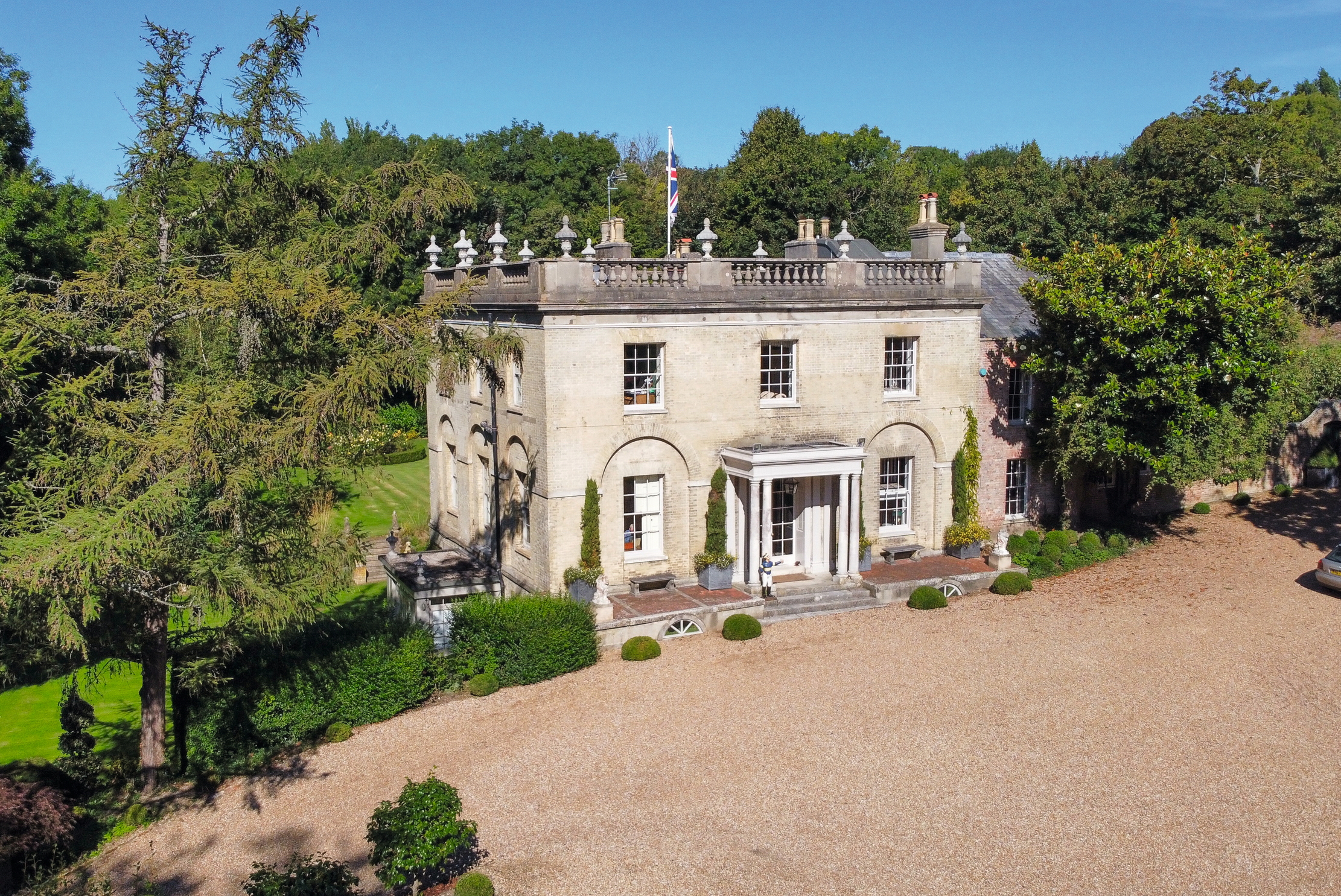
Credit: Savills
18th century elegance and some 6,500sq ft of space with views over the citadel of Rye
The Victorian elegance of Mountsfield House stands in stark contrast to the town's history of smuggling and piracy.

